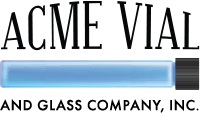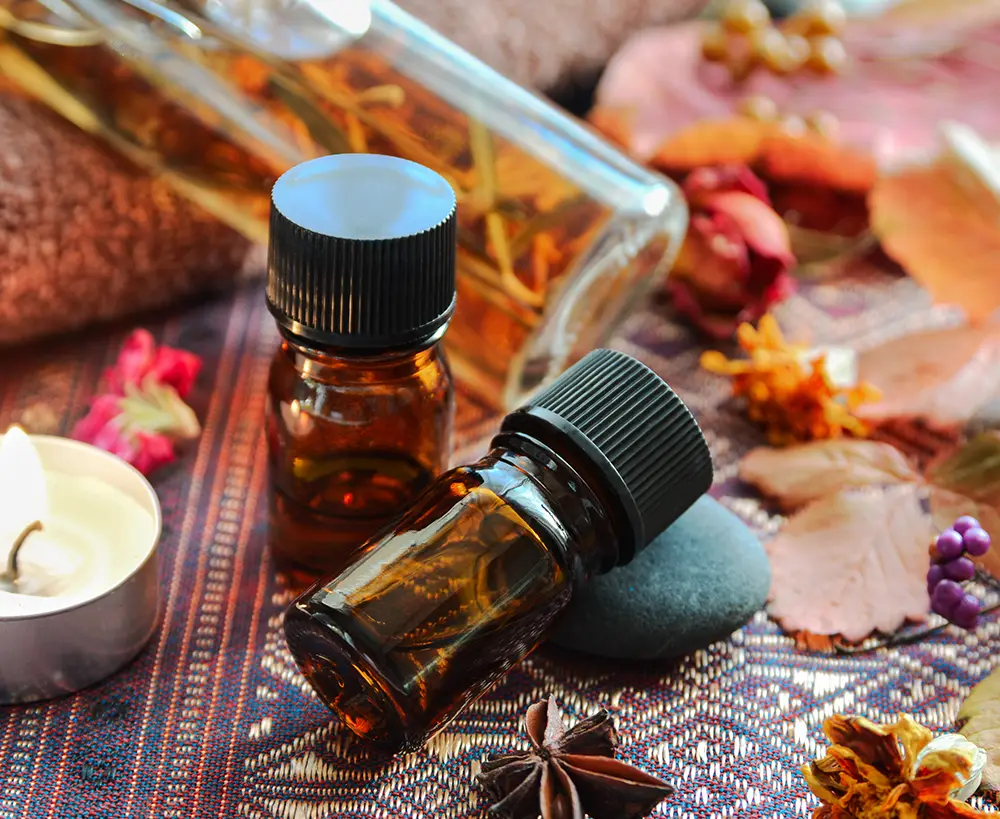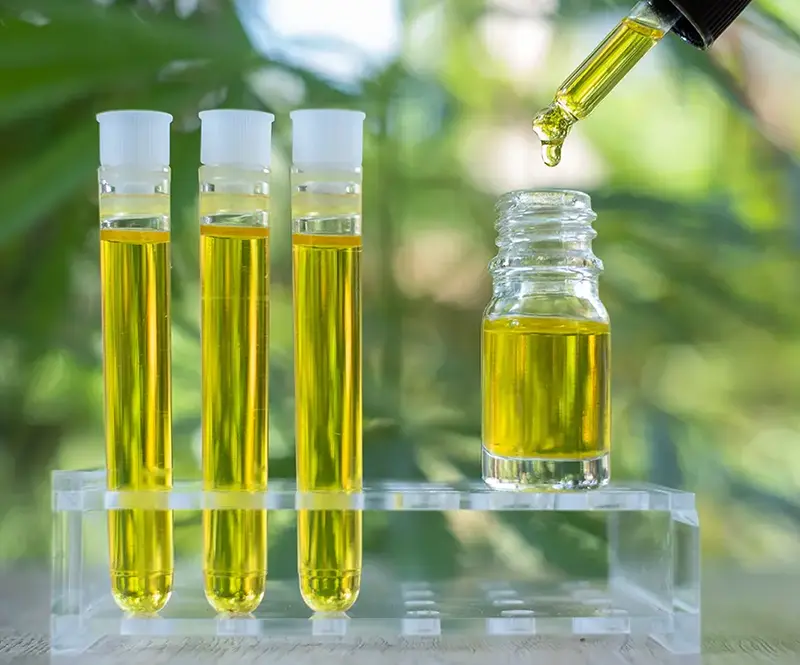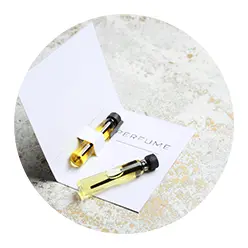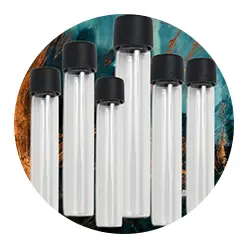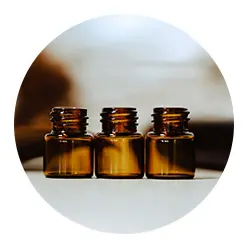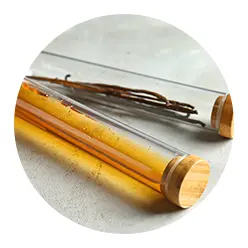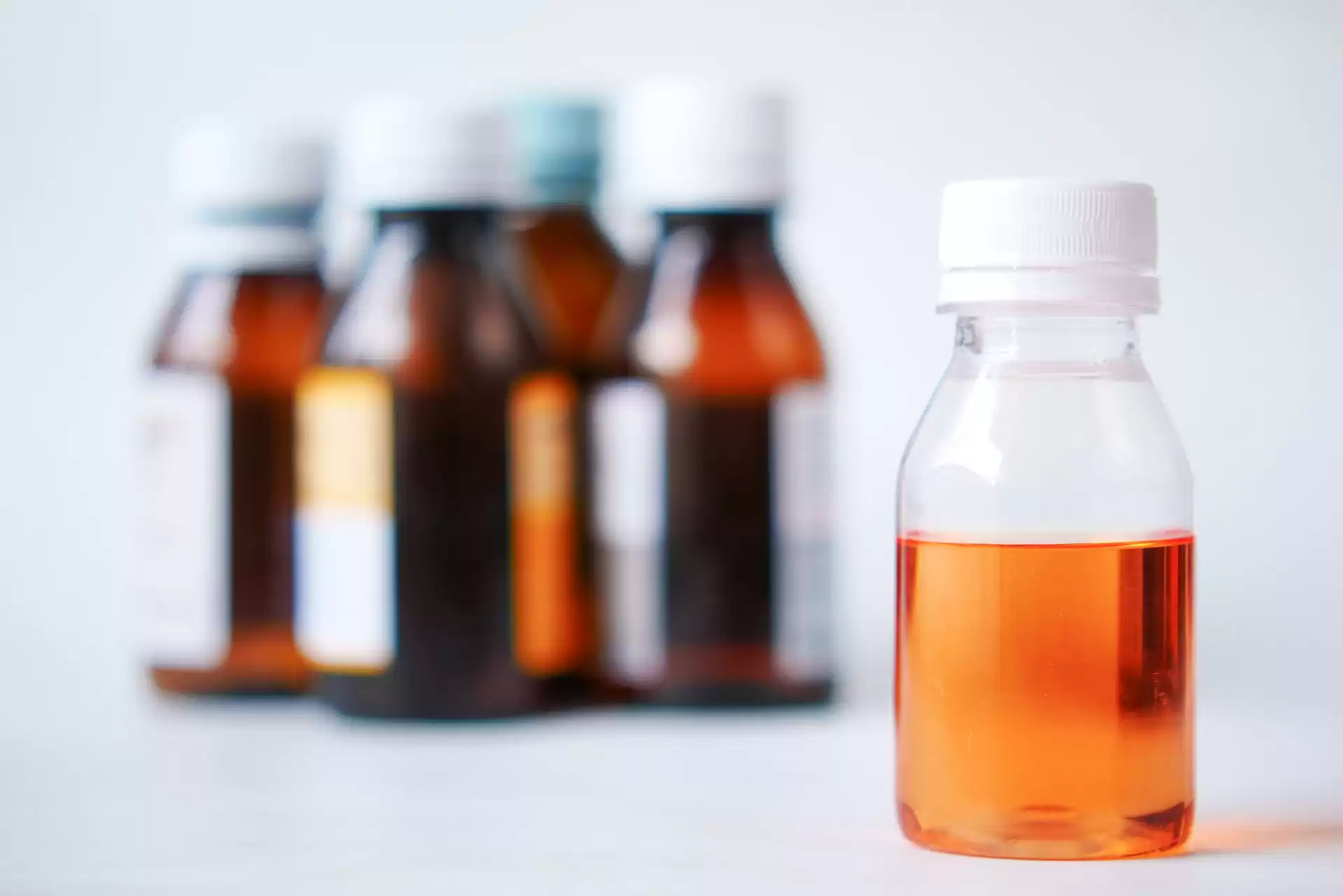Medical glass vials are integral for storing and distributing a range of substances in various industries, including cannabis, essential oils, skincare, and cosmetics. These vials offer high precision and quality and are made through a tube forming process. This article aims to provide detailed, technical information on correctly opening medical glass vials, covering aspects like safety precautions, required tools, and regulatory standards.
Types of Medical Glass Vials
Various types of medical glass vials are available to suit different needs. Screw Thread Vials feature a threaded neck that requires a screw-on cap for sealing. Colored Glass Vials are designed to protect light-sensitive contents from UV exposure. Capsule Vials are most suitable for encapsulated products, while Patent Lip Vials have a simple but effective sealing lip. Display Vials are primarily used for presentation but are constructed to the same rigorous quality standards.
Safety Precautions
Safety is paramount when dealing with medical glass vials. It is advisable to wear nitrile or latex gloves to minimize contamination risks. Protective eyewear is also recommended to guard against any splashes of the vial’s contents. Additionally, the work area should be free of food and beverages to avoid any potential contamination.
Required Tools
A selection of tools are necessary to handle medical glass vials properly. Precision pliers are often needed for gripping the cap or seal securely. Sterile swabs can be useful for cleaning the exterior of the vial. Pipettes are used for extracting the vial’s contents accurately, and a sealing machine or shrink bands may be employed for re-sealing the vial, although this is not strictly necessary.
Preparing the Work Area
Before commencing, the work area should be prepared to maintain the highest standards of cleanliness. The surface should be sterilized using an approved disinfectant. All tools that will come in contact with the vial or its contents should also be sterilized. Operators should ensure that they have washed their hands and are wearing both gloves and safety eyewear.
Removing the Cap or Seal
Removing the cap or seal is a delicate process. Use sterile instrumentation to firmly grip the cap or seal, applying a steady twisting motion to break the seal or loosen the cap. It is essential to avoid a snapping motion, as this could potentially damage the vial.
Accessing the Contents
Once the cap or seal is removed, a sterile pipette should be used to access the vial’s contents. Care should be taken not to excessively tilt the vial, as this could result in spillage or contamination of the contents.
Re-sealing the Vial
After accessing the contents, the vial should be re-sealed to maintain the integrity of any remaining material. The cap or seal should be precisely aligned before applying steady pressure to achieve an airtight seal. A capping machine set to the proper torque can be helpful in this process, especially for high-throughput operations.
Quality Control Measures
Quality control is a significant aspect of vial handling. Maintaining a record of batch numbers is vital for traceability, and periodic tests should be conducted to detect any contamination in the vials.
Regulatory Compliance
Compliance with industry standards is crucial. Procedures should be aligned with Good Manufacturing Practices (GMP), and detailed records of the opening and re-sealing processes should be maintained for auditing purposes.
Troubleshooting Common Issues
Common issues that may arise include leakage, broken vials, and cap alignment problems. For leakage, the cap should be replaced and re-sealed with tighter alignment. Broken vials must be immediately disposed of following hazardous waste guidelines. If the cap is not aligning correctly, ensure it is the appropriate size and type for the vial in question.
Storage Guidelines
Appropriate storage conditions should be observed to maintain the quality of the vial’s contents. Depending on the product being stored some vials should be stored at a temperature between 15-30°C and in a humidity-controlled environment. If the contents are light-sensitive, the vials should be stored in a dark place.
Conclusion
Proper technique in opening medical glass vials is critical for preserving any substances. By strictly adhering to the guidelines and procedures outlined in this article, you can ensure your operations’ quality, safety, and compliance.
If you or your company is interested in purchasing small glass vials to store medicinal items, look no further than Acme Vial. We sell expertly crafted glass vials that are sure to meet any need.
